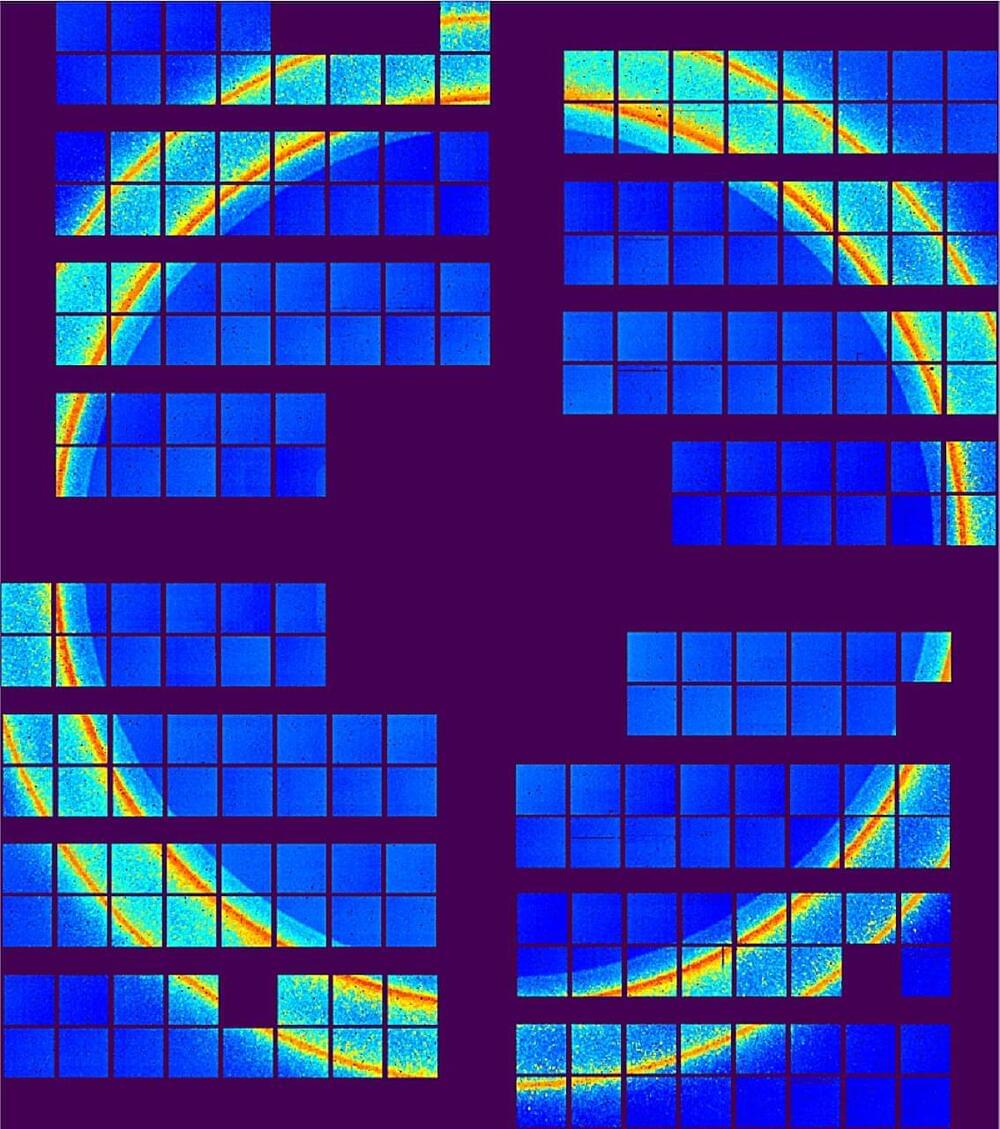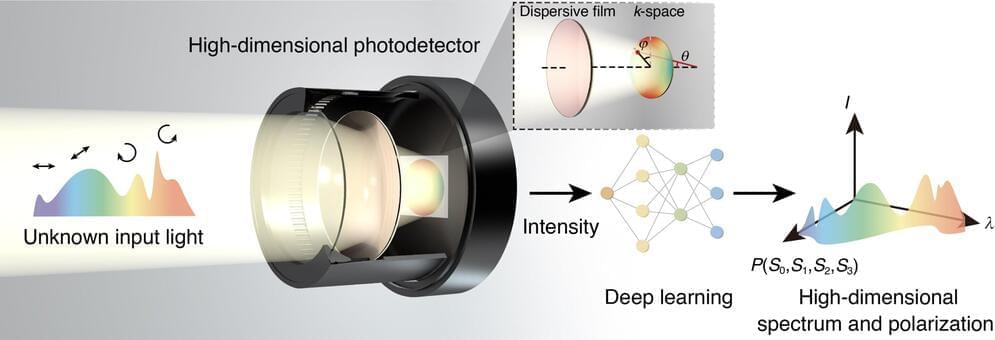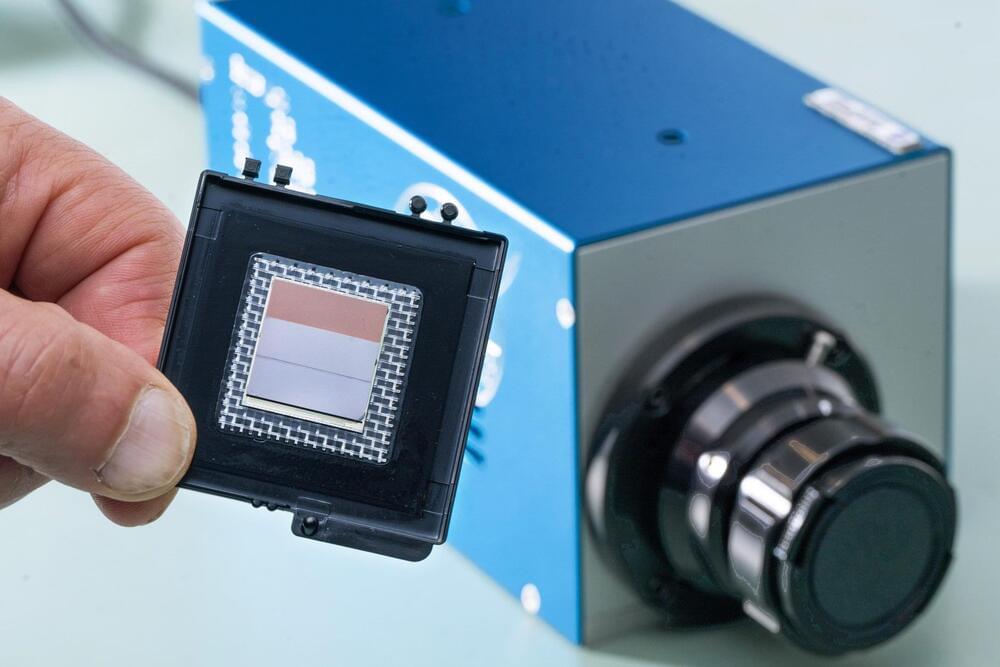Researchers from the Institute of Metal Research (IMR) of the Chinese Academy of Sciences (CAS) and collaborators from the Institute of Physics of CAS have directly observed polar Bloch points in strained ferroelectric films.
Their work is published in Nature Communications.
Based on their previous work on the polar meron lattice, the researchers considered the model of a tensile-strained ultrathin ferroelectric PbTiO3 film sandwiched by symmetric electrodes in phase-field simulations and found that the merons transform into Bloch points with the increase of the electrode thickness.







